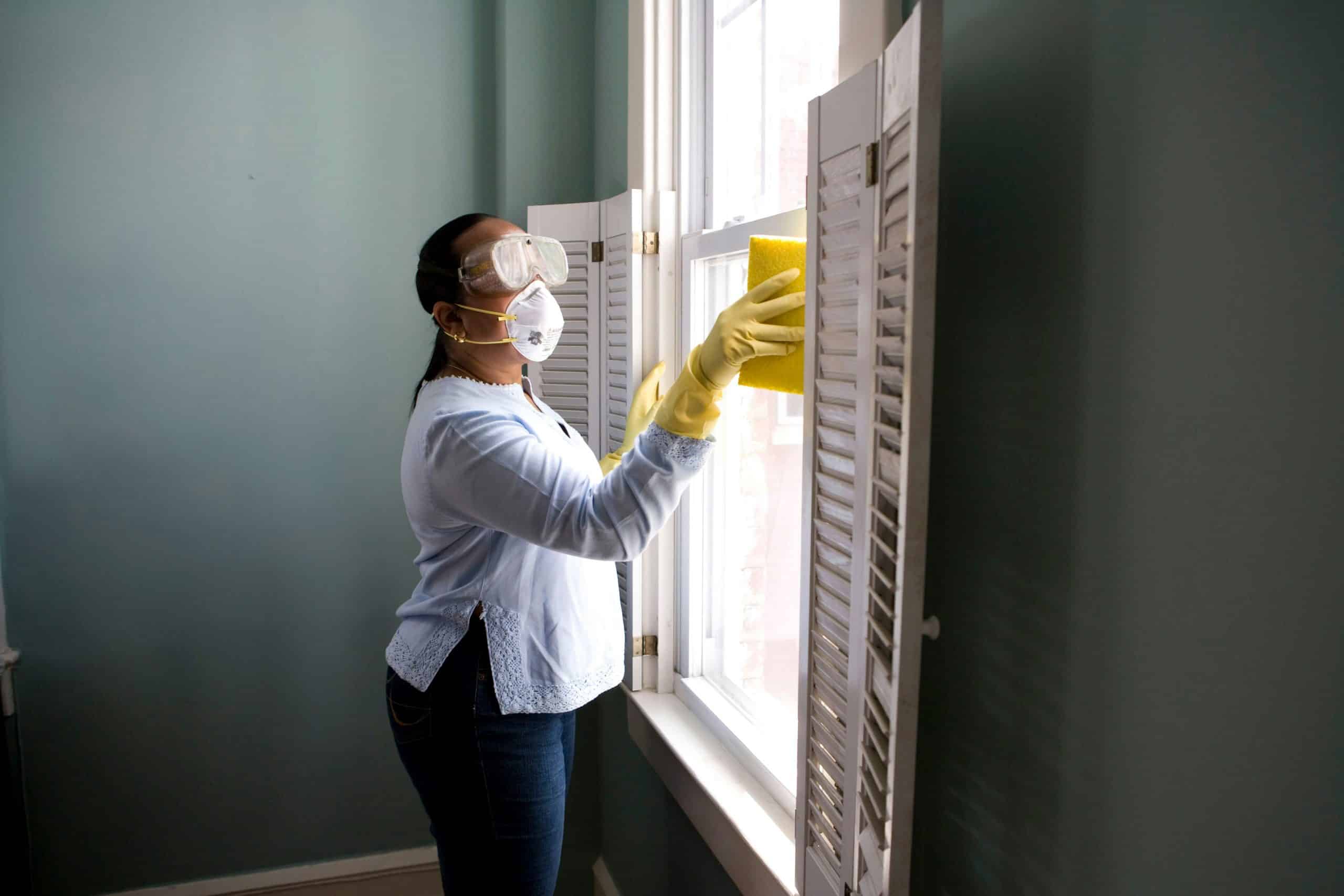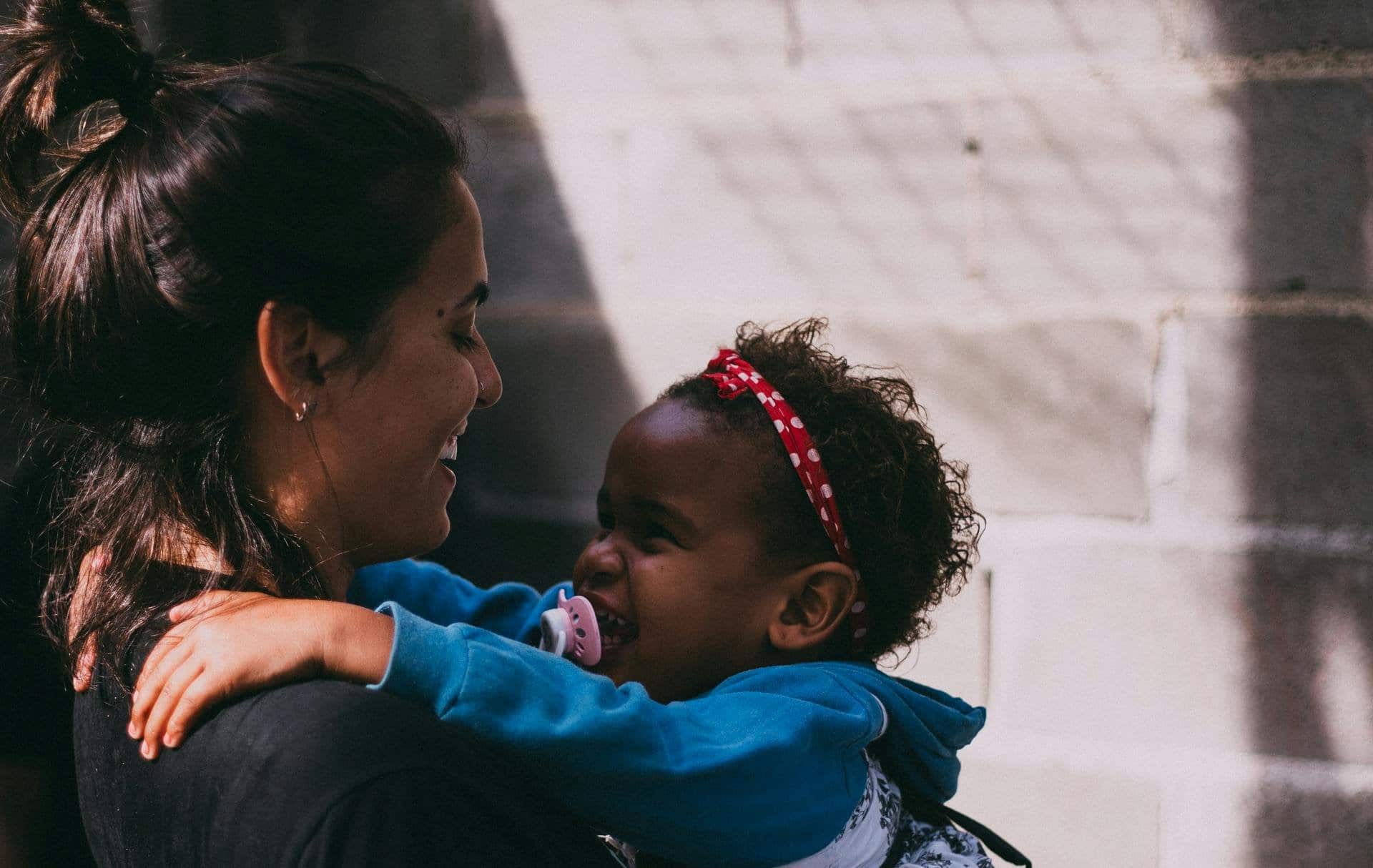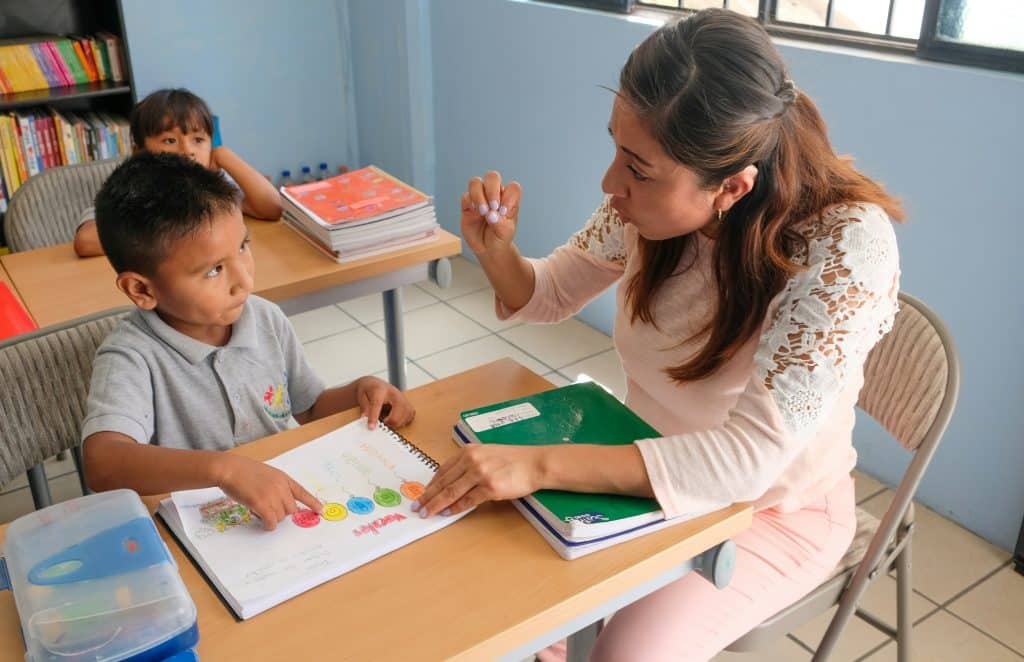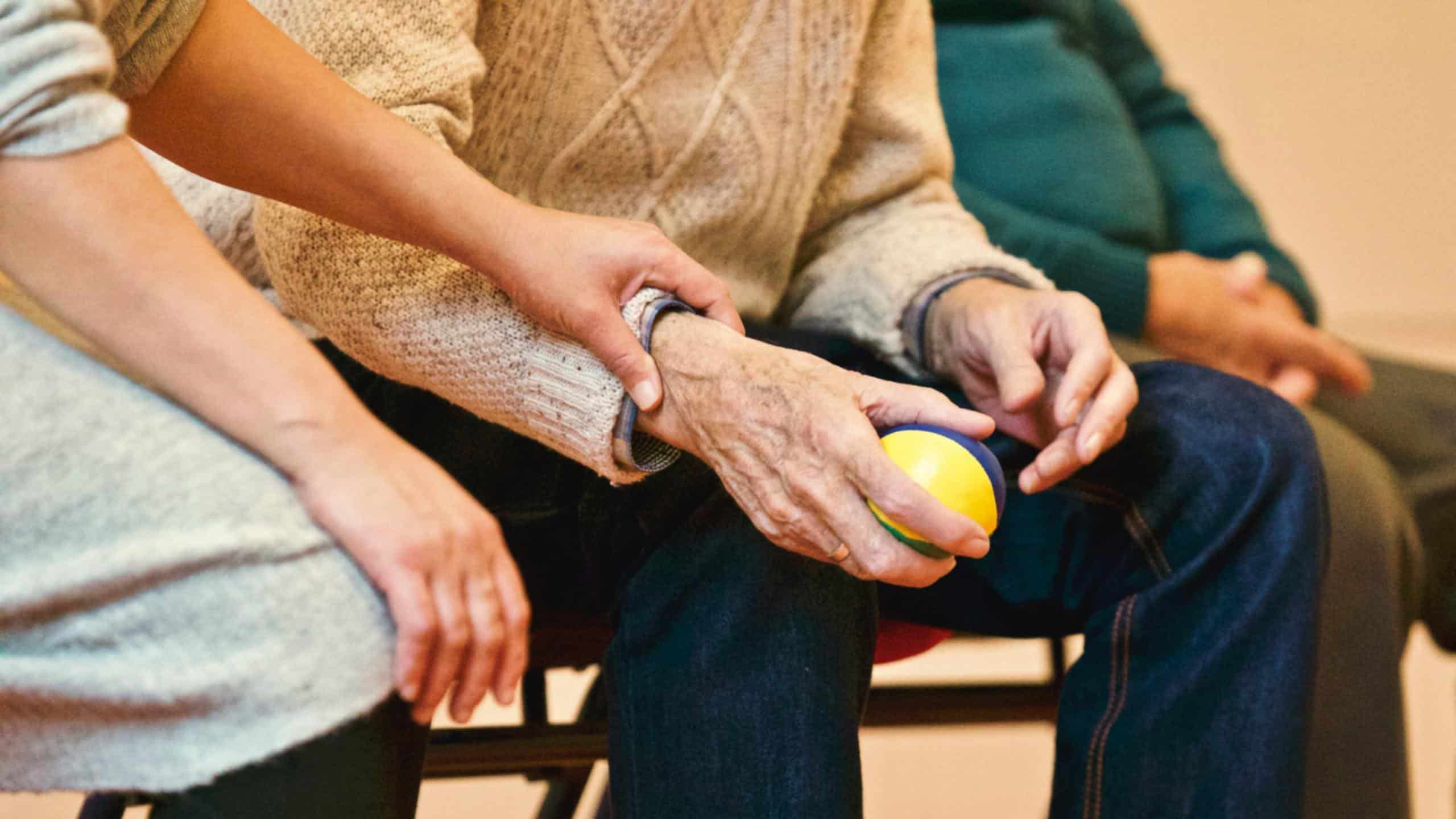Labor Day: Thankless Jobs, the Wealth Gap, and Annual Mattress Sales
We explore what late-stage capitalism has done to Labor Day and the people who labor.
Culturally speaking, Labor Day now unofficially marks the end of summer and is also known as a great time to catch a good deal on a mattress. While this may be what most Americans think about during Labor Day weekend, the origins of the day are related to critically important issues related to work, jobs, and industries in the U.S., and the conditions that come with it, like the current wealth gap. The wealth gap is dangerously close to matching the gap that existed during the “Gilded Age” in the early 20th century, and that has some economists calling it “a major issue of our time.”
Over the past few decades, income and wealth inequality have steadily and markedly increased since the 1980s. This also coincides with what many argue are the disastrous results of President Reagan’s “trickle-down economics,” an economic theory that if wealth and income were given to the “job producers,” they would then pass it on in the form of increased wages and more jobs to everyone else.
No such thing materialized.
Instead, according to recent data from Statista, approximately 67% of the U.S. total wealth is owned by the top 10% of earners as of the first quarter of 2025. The bottom 50% of earners own only about 2.5% of total U.S. wealth. This wealth gap disproportionately impacts the Latino community, where many work in undervalued and underpaid jobs, contributing to the cycle of economic inequality that continues to widen.
The devaluation of labor, particularly in roles essential to our society, is a direct result of late-stage capitalism. It comes down to the power dynamics of our economic system, which thrives on the exploitation of essential workers while diminishing their worth.
The fact is that the world would come to a screeching stop if people with thankless jobs all collectively decided to stop working. This was made clear during the pandemic when healthcare workers and others in essential roles were finally recognized for their indispensable contributions. But now, as the pandemic has mostly faded from collective memory, the appreciation has faded with it, and these workers have once again been pushed to the margins.
These are the jobs that are often overlooked, undervalued, and yet are essential to our daily lives and, in many cases, overrepresented with Latino workers:
Housekeepers and General Cleaning Staff

Housekeepers and general cleaning staff are unsung heroes who ensure that our homes, offices, and public spaces remain clean and hygienic. Their work goes far beyond just tidying up; they maintain environments that are safe and healthy for everyone. They wipe, sweep, dust, and sanitize every corner, often dealing with tasks that others would rather avoid, such as cleaning up after accidents or handling hazardous materials, often with little to no hazardous waste training
This profession is heavily represented by Latinos, with 52.5% of maids and housekeeping cleaners and 35.9% of janitors and building cleaners being Latino in 2024, according to the U.S. Bureau of Labor Statistics. Despite how vital their work is, cleaning staff are consistently overlooked and underappreciated. While it may be easy to overlook the person cleaning a room or mopping a floor, without their efforts, our daily environments would be far less safe and comfortable.
Childcare Workers

Childcare workers take on the important responsibility of caring for children while parents are at work. These workers provide not only basic care but also emotional support, education, and a sense of security to young minds. Despite the huge responsibility they carry, childcare workers are some of the lowest-paid individuals in the workforce, earning little more than fast-food workers in many cases.
Across all occupations, Early Childhood Care and Education (ECCE) workers only made about 66% of what the average worker earned in 2024, according to the U.S. Department of Labor. Once again, Latinos represent approximately 26% of childcare workers in the U.S., which is quite a big chunk. Society places a high value on children, but this value is not reflected in the way we treat those who care for them. If we truly value our children’s well-being and future, logic would follow that society would also value the people who provide their daily care and support. That isn’t the case here.
Teachers

That brings us to teachers, who are very much the architects of our future because they help shape the minds of the next generation. They invest countless hours in lesson planning, grading, and mentoring students, all while often facing inadequate pay, limited resources, and increasing demands. Teachers aren’t just educators; they’re role models, counselors, and guides who help students navigate the complexities of life.
In Latino communities, teachers often go above and beyond, providing not just education but also serving as advocates and support systems for students facing systemic inequities. Yet, despite their crucial role, teachers frequently find themselves underpaid, overworked, and undervalued, earning 5% less in 2025 than they did 10 years ago, according to the National Education Association. Yet, without teachers, there would be no doctors, engineers, or leaders of tomorrow.
Farm Workers

It’s often forgotten, but farm workers are the backbone of our food supply chain, working tirelessly to ensure that fresh produce reaches our tables. They labor in fields under harsh conditions, often for long hours and minimal pay. This is another thankless job where Latinos make up a big chunk of the demographic. According to the National Center for Farmworker Health (drawing on the U.S. Department of Labor’s National Agricultural Workers Survey and other sources), 78% of agricultural workers in the United States identified as Hispanic/Latino in 2025.
Without farm workers, the entire agricultural industry, and by extension, the food supply, would collapse. Despite this fact, they’re also often underpaid and face a lot of different challenges, including exposure to pesticides, harsh weather conditions, and lack of access to basic necessities like clean water and rest facilities. Their work is physically demanding and often dangerous, and they’re still overlooked and underappreciated.
Food Workers

They prepare meals in restaurants, work in fast food chains, serve food in cafeterias, restaurants, etc., and work behind the scenes in food production. Food workers are essential to us, yet those kinds of jobs are often taken for granted and even looked down on. But it isn’t an easy job; food workers often work long hours for low pay and have to withstand poor working conditions.
Food workers, many of whom are Latino (29.8% in food preparation and serving-related jobs), ensure that people are fed, yet they are often mistreated and undervalued. The hard work and dedication of food workers are often invisible to the people who enjoy the meals they either make or serve.
Caregivers and Home Healthcare Workers

Caregivers and home healthcare workers provide essential care to some of the most vulnerable members of society, including the elderly, disabled, or chronically ill. These workers, many of whom are Latino, offer both physical care and emotional support to people in need. According to recent data from KFF, Latinos make up about 32% of the paid home care workforce.
The U.S. Bureau of Labor Statistics reported that the median annual wage for home health and personal care aides was $34,900 in May 2024, only slightly above the poverty line for a family of four. So while their work is physically and emotionally demanding, caregivers and home healthcare workers are often underpaid and undervalued. And despite how critical caregivers and home healthcare workers are, they don’t get nearly enough flowers.
A Moment of Reflection
As you enjoy the long Labor Day weekend and a much-needed rest from your own daily grind, reflecting on the broader and deeper meaning of the holiday is essential to help make a positive impact on the way labor is valued, even if it’s just in your immediate circle. Practicing and encouraging the recognition of the essential workers who keep our world running, often without thanks or fair compensation, can go a long way in fixing the foundations of what is currently not an equitable or merit-based society.
Whether they’re cleaning houses, caring for others, working the field, providing education, etc., these people’s labor isn’t meaningless; it’s the very foundation of what makes society function.




